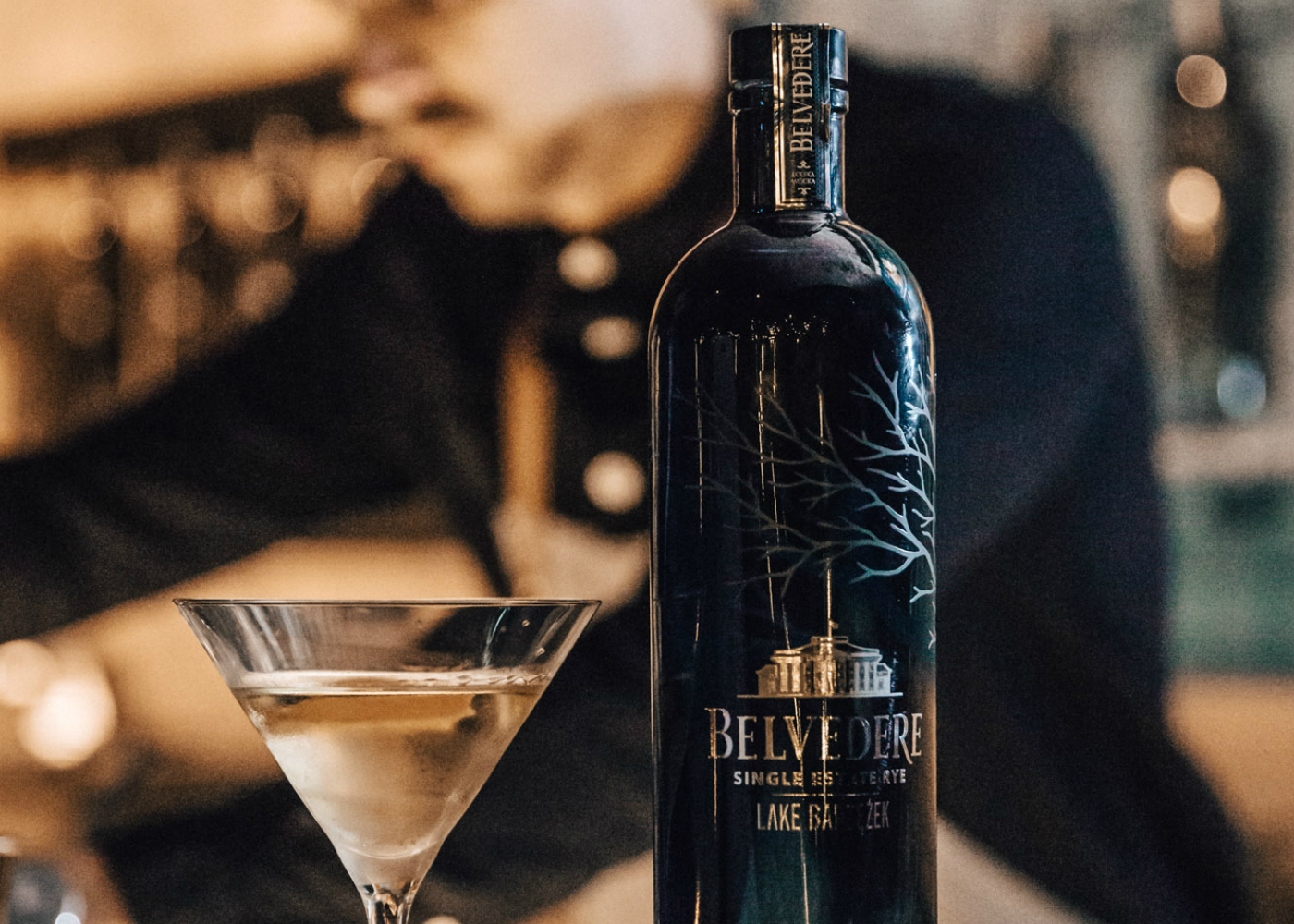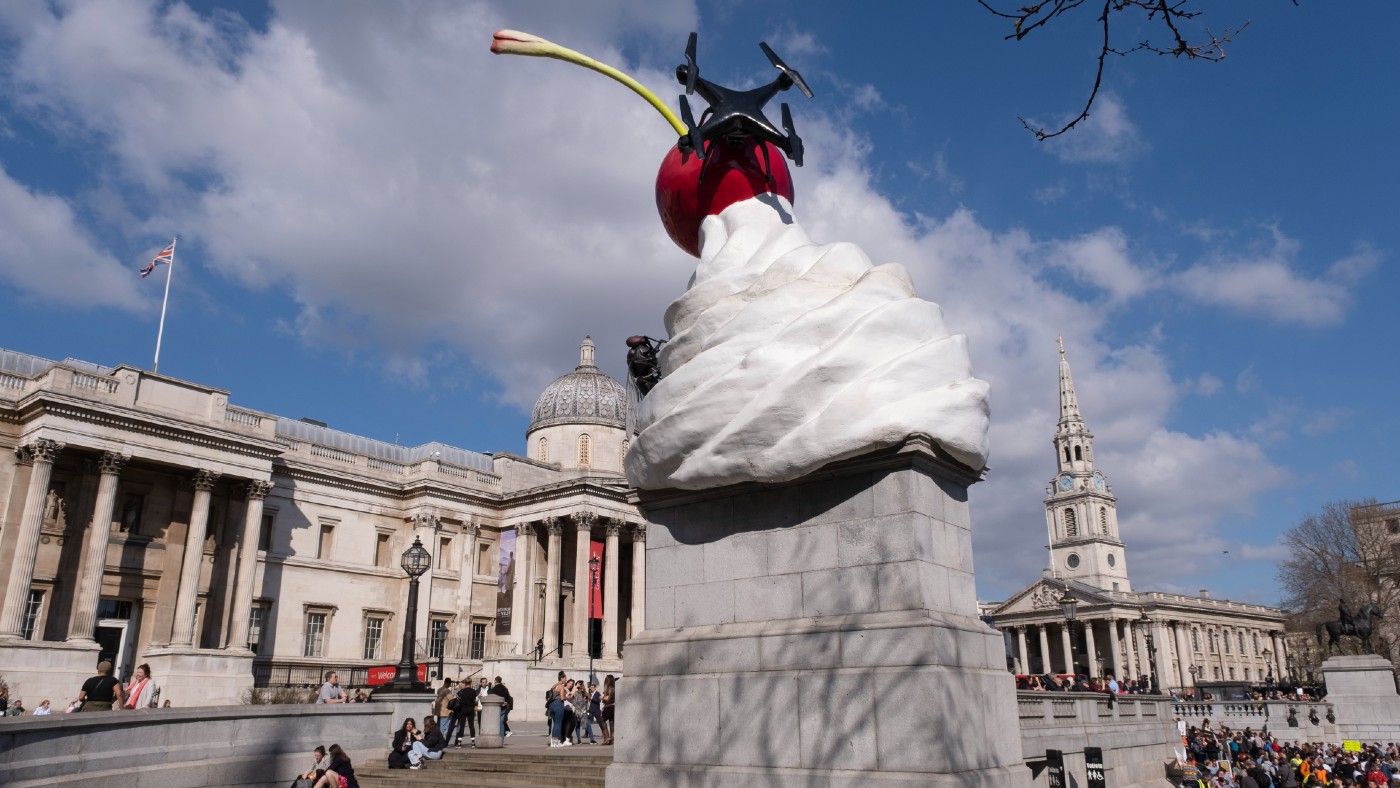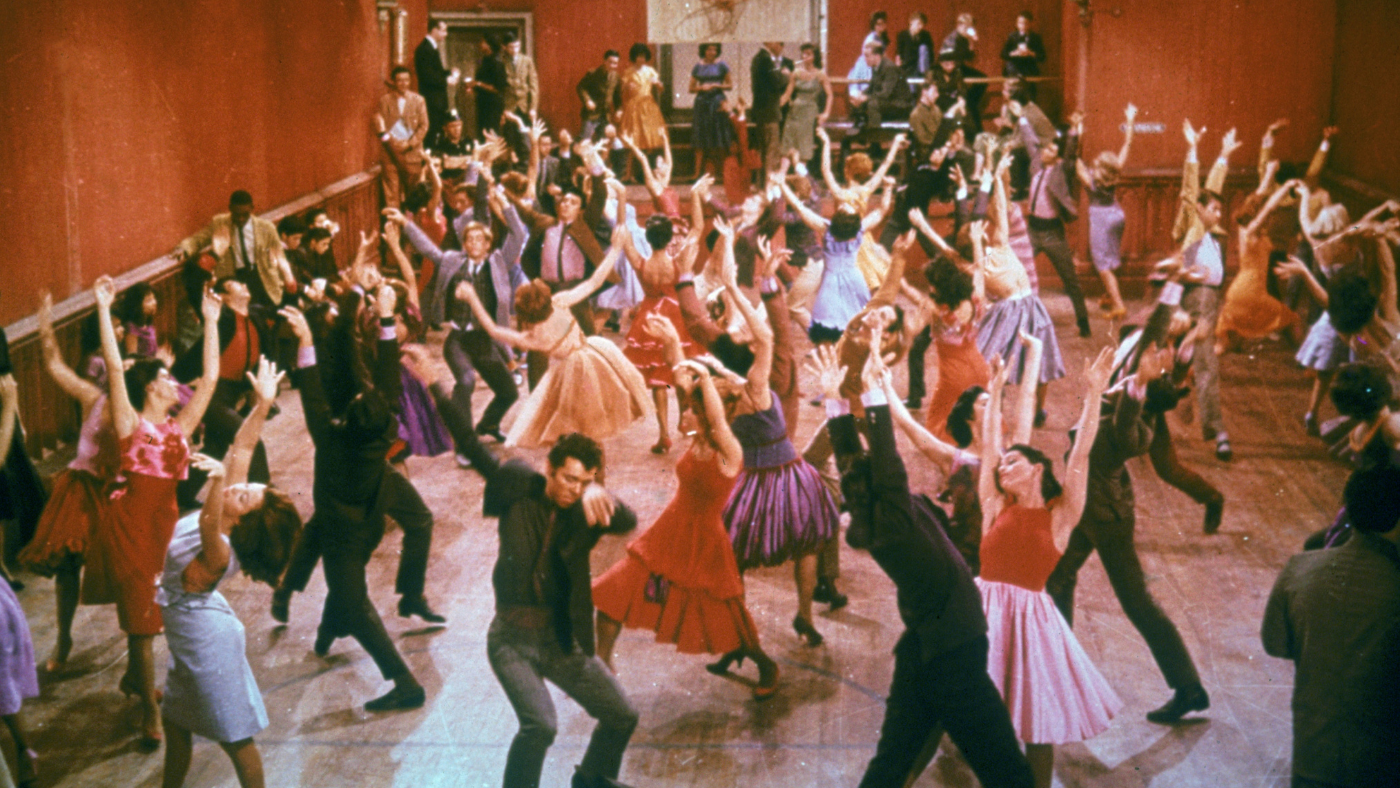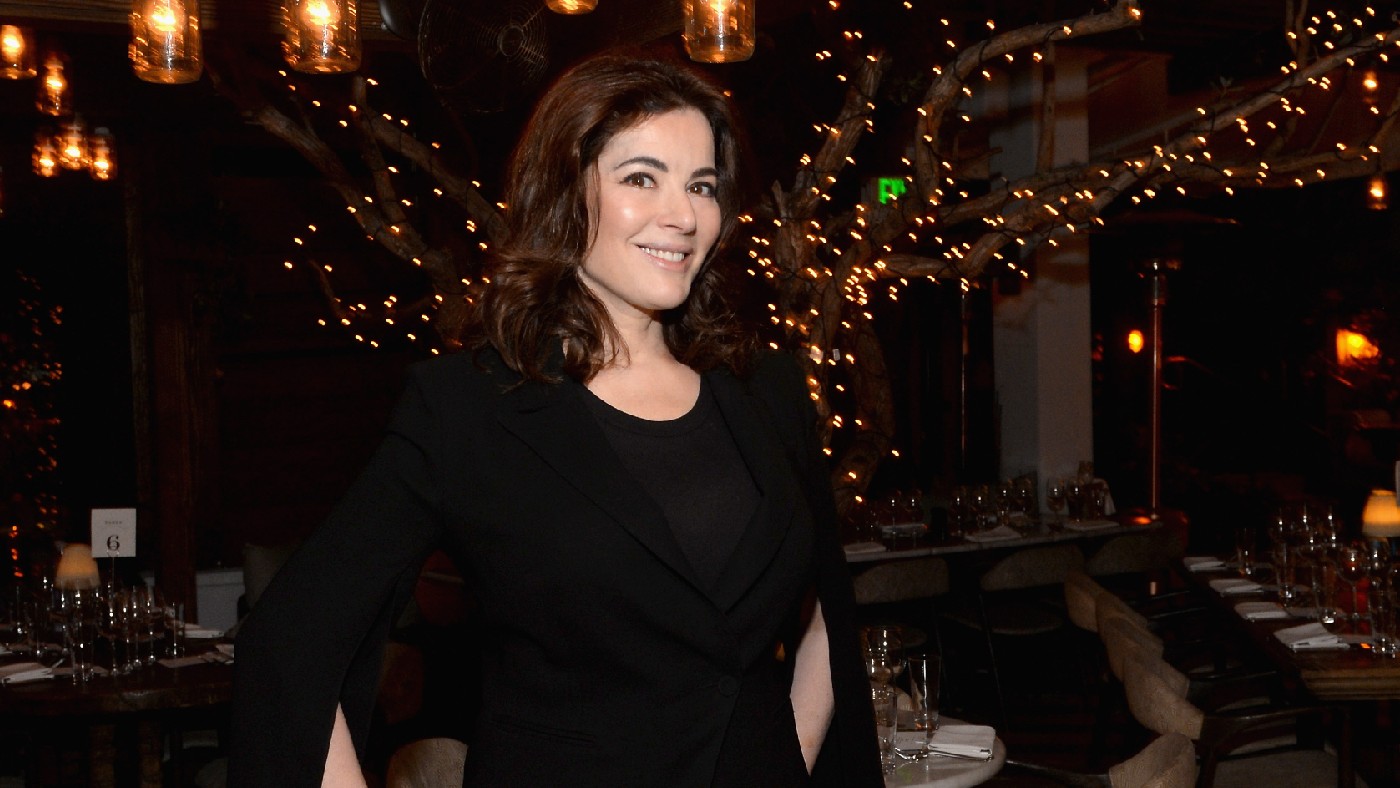Belvedere Single Estate Vodka: bringing terroir to spirits
The Polish vodka brand is experimenting with different soils and climates to create new flavours

Perhaps one of the most common misconceptions among casual spirit drinkers is that all vodka tastes the same: bland, odourless, colourless, and good for little other than adding a bit of edge to soft drinks. The curious history of this myth is that it was devised by one of the world's best-known vodka producers as a unique selling point.
Smirnoff, in a successful attempt to launch into the US market in the early 20th Century, used the phrase “tasteless, colorless and odourless” to promote its original vodka recipe, and it stuck. To this day, the Alcohol and Tobacco Tax and Trade Bureau of the US defines vodka as a spirit “without distinctive character, aroma, taste or colour.”
The reality, as Polish vodka maker Belvedere is attempting to show with its new Single Estate range, is that vodka offers a broad range of different flavours. With due care, it can be a deft, gentle and ultimately characterful drink that can be imbibed in a myriad of ways. By introducing the concept of terroir to its distillation process, Belvedere is trying to demonstrate just how differenent the spirit can be.
The Week
Escape your echo chamber. Get the facts behind the news, plus analysis from multiple perspectives.

Sign up for The Week's Free Newsletters
From our morning news briefing to a weekly Good News Newsletter, get the best of The Week delivered directly to your inbox.
From our morning news briefing to a weekly Good News Newsletter, get the best of The Week delivered directly to your inbox.
Terroir - a well-known concept in the world of wine - is a term that describes the individual natural environmental conditions in which plants grow, taking into account subtle differences in soil, topography, and climate. As such, drinks created with an identical process can take on flavour characteristics unique to the environment in which they were created.
Belvedere enlisted the help of researchers at the University of Lodz to create the Single Estate range - two vodkas created the same way but vastly different flavour profiles.

To create the two vodkas, Single Estate Smogory Forest and Single Estate Lake Bartezek, Belvedere uses the same rye, but grown at different locations in Poland.
The first, Smogory Forest, uses rye from farms near the German border, while Lake Bartezek, uses rye grown 350km away in northeastern Poland - a region that experiences long, harsh winters that bury the rye in deep snow for months at a time.
A free daily email with the biggest news stories of the day – and the best features from TheWeek.com
The two ryes are then subjected to identical distillation processes at the Polmos Zyrardow distillery. And the difference is startling.
Smogory Forest has a robust, complex palate that includes hints of pepper and an almost earthy caramel flavour, complimented by a sweet smokiness that lingers after drinking. The punchier of the two vodkas, it also brings with it a hint of sea air on the nose.
Lake Bartezek, on the other hand, has a smoother, wider mouthfeel with a much lighter flavour profile, hinting at freshly cut grass on the nose and a clean, minty crispness on the tongue.
More subtle than its sister vodka, Lake Bartezek benefits from being served at room temperature to enrich its innate freshness, while the Smogory Forest is better over a single cube of ice.
Whether or not the concept of terroir will take off with vodka drinkers has yet to be seen, but for anyone interested in how different ingredients contribute to the flavour of vodka, Smogory Forest and Lake Bartezek offer a fascinating glimpse into what is possible.
Belvedere's single estate vodkas retail for £49. Smogory Forest is available here, while Lake Bartezek is here
-
 Nicolás Maduro: from bus driver to Venezuela’s president
Nicolás Maduro: from bus driver to Venezuela’s presidentIn the Spotlight Shock capture by US special forces comes after Maduro’s 12-year rule proved that ‘underestimating him was a mistake’
-
 Artemis II: back to the Moon
Artemis II: back to the MoonThe Explainer Four astronauts will soon be blasting off into deep space – the first to do so in half a century
-
 The Night Manager series two: ‘irresistible’ follow-up is ‘smart, compelling’ TV
The Night Manager series two: ‘irresistible’ follow-up is ‘smart, compelling’ TVThe Week Recommends Second instalment of the spy thriller keeps its ‘pace’, ‘intrigue’ and ‘sly sexiness’
-
 Sport on TV guide: Christmas 2022 and New Year listings
Sport on TV guide: Christmas 2022 and New Year listingsSpeed Read Enjoy a feast of sporting action with football, darts, rugby union, racing, NFL and NBA
-
 House of the Dragon: what to expect from the Game of Thrones prequel
House of the Dragon: what to expect from the Game of Thrones prequelSpeed Read Ten-part series, set 200 years before GoT, will show the incestuous decline of Targaryen
-
 One in 20 young Americans identify as trans or non-binary
One in 20 young Americans identify as trans or non-binarySpeed Read New research suggests that 44% of US adults know someone who is transgender
-
 The Turner Prize 2022: a ‘vintage’ shortlist?
The Turner Prize 2022: a ‘vintage’ shortlist?Speed Read All four artists look towards ‘growth, revival and reinvention’ in their work
-
 What’s on TV this Christmas? The best holiday television
What’s on TV this Christmas? The best holiday televisionSpeed Read From films and documentaries to musicals for all the family
-
 Coco vision: up close to Chanel opticals
Coco vision: up close to Chanel opticalsSpeed Read Parisian luxury house adds opticals to digital offering
-
 Abba returns: how the Swedish supergroup and their ‘Abba-tars’ are taking a chance on a reunion
Abba returns: how the Swedish supergroup and their ‘Abba-tars’ are taking a chance on a reunionSpeed Read From next May, digital avatars of the foursome will be performing concerts in east London
-
 ‘Turning down her smut setting’: how Nigella Lawson is cleaning up her recipes
‘Turning down her smut setting’: how Nigella Lawson is cleaning up her recipesSpeed Read Last week, the TV cook announced she was axing the word ‘slut’ from her recipe for Slut Red Raspberries in Chardonnay Jelly